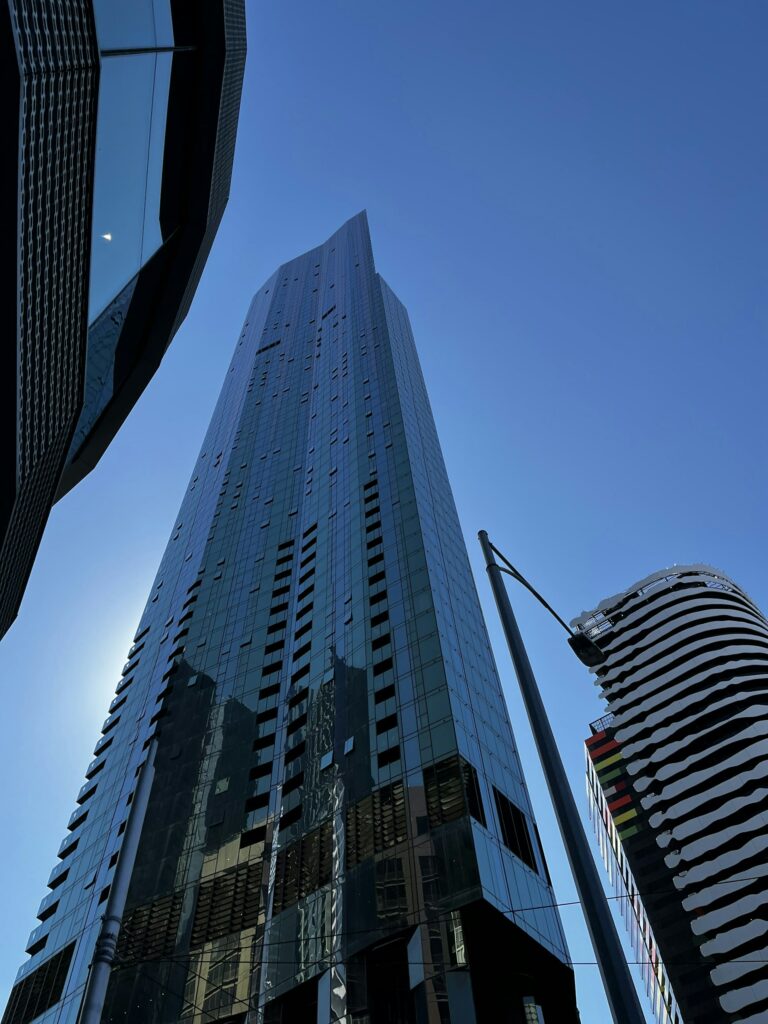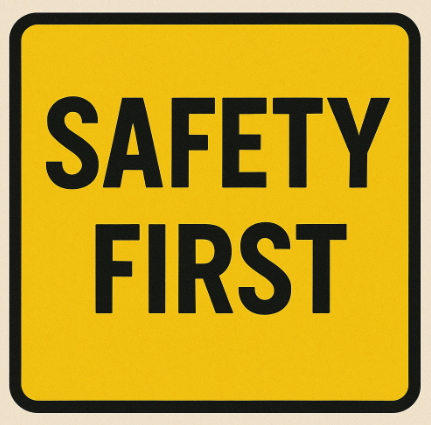When it comes to new buildings, many commercial property owners and managers assume that asbestos is not a concern. After all, asbestos was largely phased out in building materials in the early 2000s. However, the presence of asbestos-containing materials (ACMs) in any property, whether newly built or older, remains a relevant issue. Asbestos identification and testing should still be considered, even in new buildings, for several reasons, including landscape and soil conditions, renovations, and exposure from neighbouring properties. This article explores why asbestos checks are necessary, even for new buildings, and how property owners can ensure compliance with asbestos safety regulations.
Why You Still Need Asbestos Checks in New Buildings
1. Understanding Asbestos Compliance
Asbestos compliance is not just about ensuring that you are following regulations during construction or renovation; it is also about maintaining a safe environment for workers, tenants, and the surrounding community. Asbestos regulations are designed to protect public health by reducing exposure to asbestos fibres, which are harmful and can cause serious diseases like asbestosis, lung cancer, and mesothelioma. While newer buildings should not contain asbestos as a primary construction material, certain conditions or factors could lead to the presence of ACMs, making regular checks essential.
2. Soil and Landscaping Considerations
Even if your building is newly constructed, the surrounding soil and landscaping could still be a source of asbestos exposure. If the land on which your building is situated was once home to older buildings or industrial sites, there is a risk that asbestos-containing materials could have been left behind in the soil. During the construction process, soil could have been disturbed, potentially bringing asbestos particles to the surface.
The Solution: Ensure that asbestos testing is carried out on the soil before construction, particularly if the land has a history of containing older structures or industrial activity. It’s also wise to conduct periodic inspections around the site to monitor any potential asbestos exposure from the ground.
3. Renovated Areas and Older Structures
Even in a newly constructed building, it is possible that renovations or additions were made to existing structures. Renovations to older buildings can often uncover hidden asbestos-containing materials, particularly in areas like insulation, flooring, roofing, and ceilings. If your new building includes any part of a previously existing structure, it is essential to check for any hidden asbestos that may have been left undisturbed during renovations.
The Solution: Before any renovation or modification work is conducted, a thorough asbestos inspection should be carried out to identify potential ACMs. This includes looking for materials such as insulation, old floor tiles, and pipe lagging that could contain asbestos.
4. Exposure from Neighbouring Properties

Even if your new building does not contain any asbestos-containing materials, neighbouring properties may still pose a risk. If surrounding buildings contain ACMs that are in poor condition or undergoing renovations, there could be a risk of asbestos exposure from dust or fibres blowing onto your property. Asbestos fibres can travel through the air, and activities like demolition, maintenance, or landscaping from neighbouring properties can inadvertently bring asbestos contamination onto your site.
The Solution: Property managers should be aware of the condition of surrounding buildings and any ongoing construction activities that may pose a risk. Additionally, it’s vital to ensure that your property’s boundaries are monitored for any signs of asbestos contamination from neighbouring sources. Regular inspections, asbestos air monitoring and proactive asbestos prevention measures can help minimise these risks.
5. Erring on the Side of Caution

Even in a new building, it’s important to err on the side of caution when it comes to asbestos safety. Asbestos is a hazardous material, and the risks of exposure can be devastating. Given the long latency period for asbestos-related diseases, it is always better to act early and identify potential asbestos hazards before they become a serious issue. Even if asbestos is not immediately apparent, a comprehensive inspection can help identify hidden materials that could become a risk in the future.
The Solution: Always conduct a thorough asbestos inspection as part of your property’s regular safety checks, even in new buildings. This will help to rule out the presence of ACMs and ensure the property remains compliant with all relevant safety regulations.
6. Asbestos Identification and Testing: The Key Steps
The process of asbestos identification and testing involves several important steps:
- Visual Inspection: A trained professional conducts a visual inspection of the building, identifying areas where ACMs are likely to be found.
- Sampling: Samples of materials suspected to contain asbestos are collected and sent to a laboratory for analysis.
- Risk Assessment: The risk of exposure is assessed based on the condition of the materials, the likelihood of disturbance, and the potential for asbestos fibres to be released into the air. Asbestos air monitoring may also be required.
- Management Plan: If asbestos is identified, a comprehensive asbestos management plan is developed, outlining how the ACMs will be safely managed or removed.
Even if your building is newly constructed, asbestos checks are still necessary to ensure the safety of tenants, workers, and the surrounding community. Asbestos identification and testing are essential components of asbestos compliance, helping property owners meet regulatory requirements and protect the health of all involved. From the landscape and soil to renovations and exposure from neighbouring properties, numerous factors could lead to asbestos risks in new buildings.
Erring on the side of caution and conducting regular asbestos inspections is the best way to ensure that your property remains safe, compliant, and free from potential asbestos hazards. By staying proactive and informed about asbestos safety and working with experienced asbestos consultants like Global Asbestos Audits, property managers can create a safer environment for everyone and avoid costly liabilities in the future.

